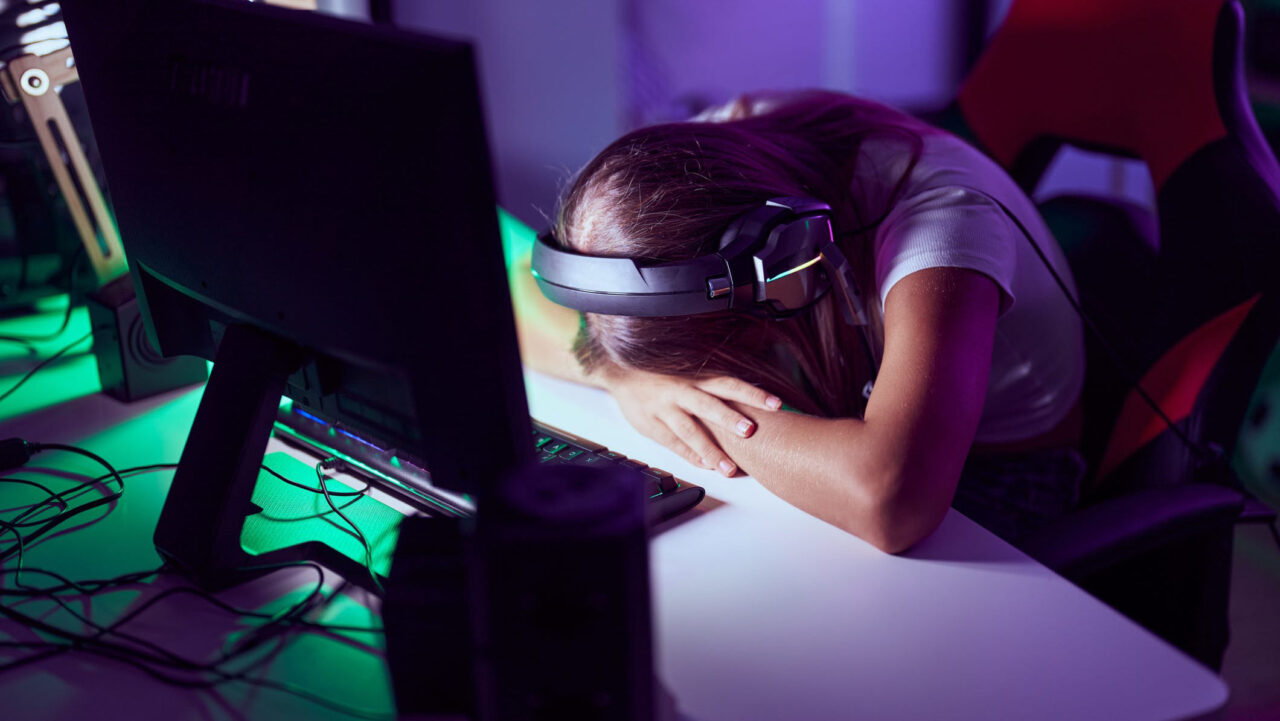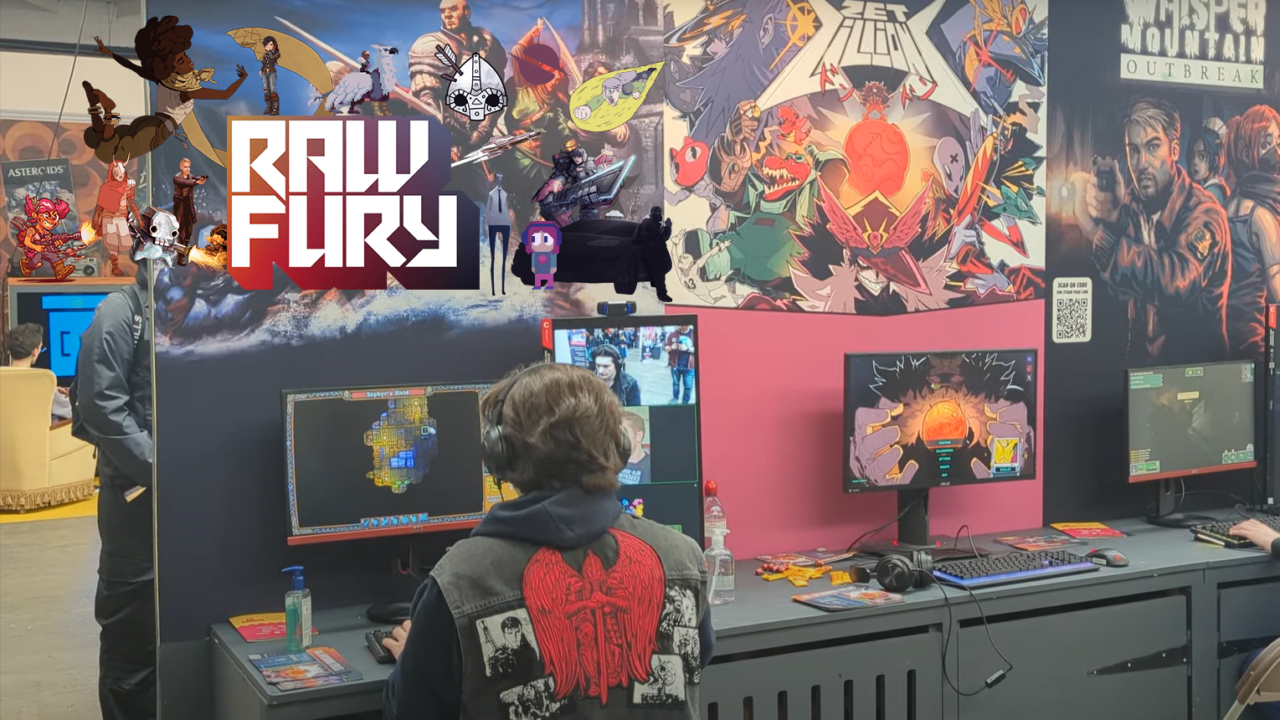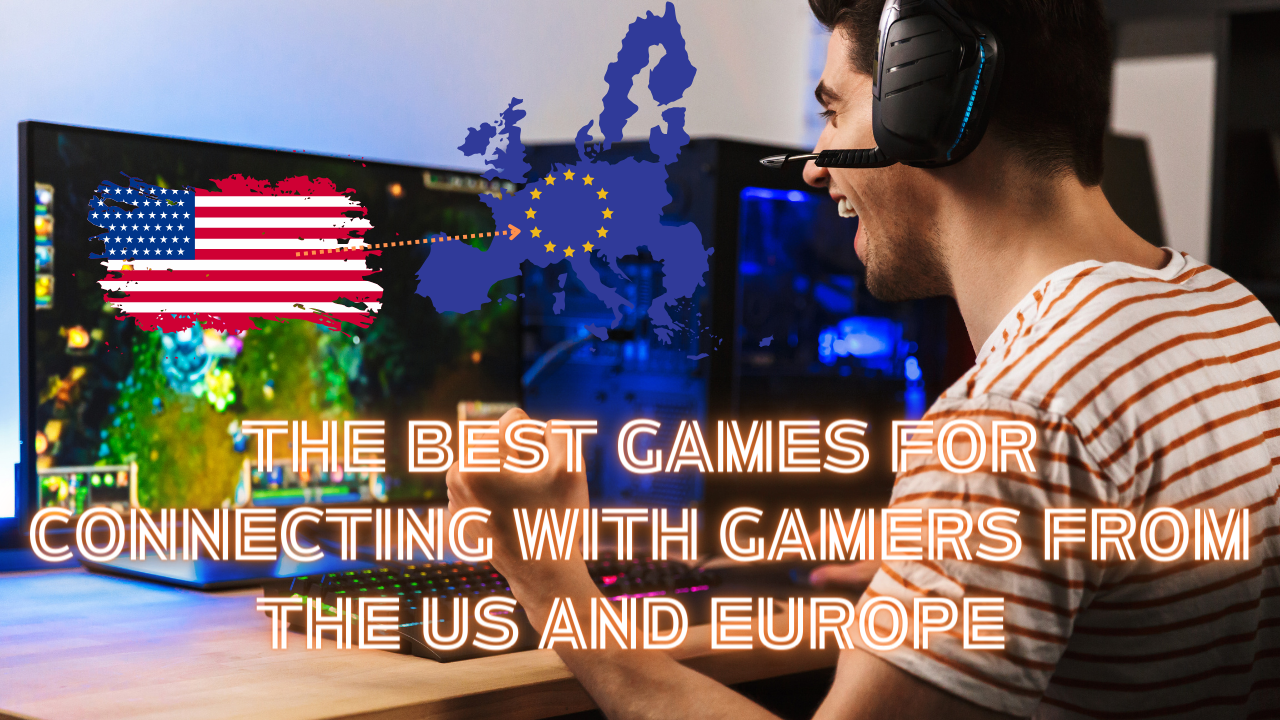A joystick, buttons and an old CRT display form the stereotypical look of an arcade machine, but its development has evolved massively over the decades unbeknownst to the British public.
It is a cold, breezy Saturday afternoon in Harringay Warehouse District, North London. A woman is walking her dog and she is the only pedestrian in this relatively sparsely populated area. Formerly an industrial site far away from Zone 1, it is now home to affordable spaces for young artists to work and create.
Hidden in the grid of warehouses is one of the handful of arcade centres in the UK called FreePlayCity. With an exterior easily blending into the surrounding environment and no signboard at the front, it is so well-concealed a lot of first-time visitors can easily miss the small entrance door.
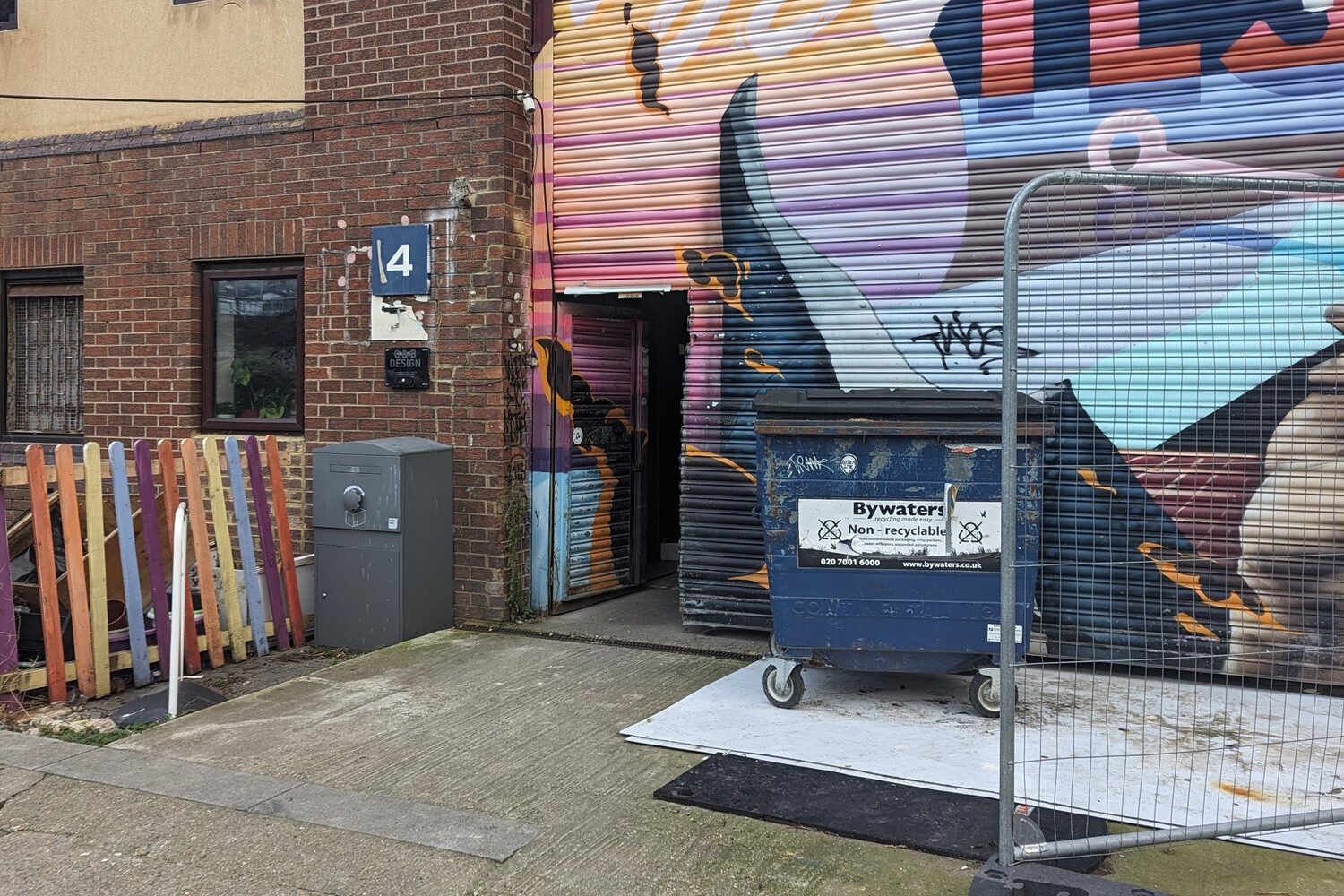
If they manage to find the way in and go past the several layers of black curtains, they are greeted with a sight vastly different to the quietness of the district: rows of Japanese arcade cabinets blasting ear-bleeding music and sound effects.
The name FreePlayCity comes from the fact all machines are set to free play mode. Players only have to pay a £10 entry fee on Thursday and Friday (or £15 during weekends) and they can enjoy any game in the arcade centre for the whole day.
The arcade centre has games popular domestically in Japan such as maimai, a rhythm game with the appearance of a washing machine, Initial D and Wangan Midnight, two racing games allowing players to compete on the highways and mountains in Japan, as well as Dancerush Stardom, a free-style dance floor game.
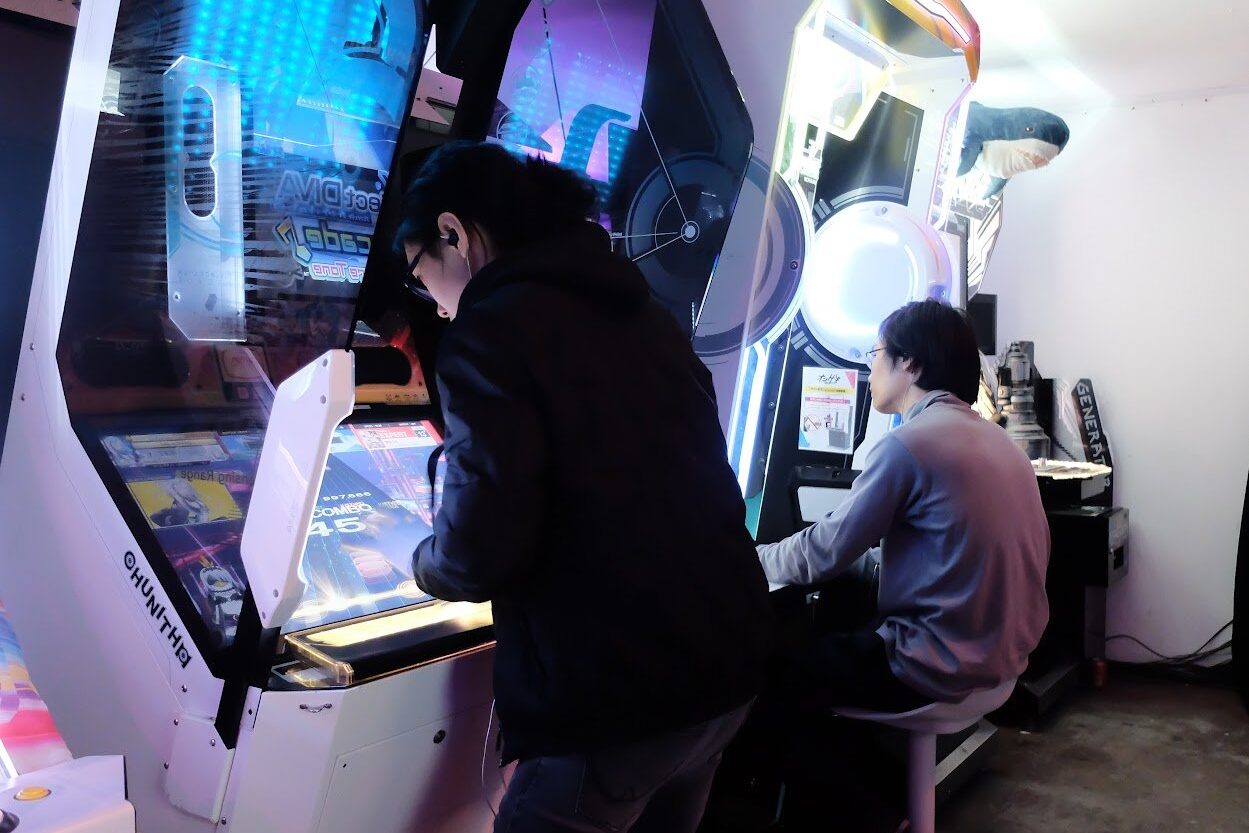
Toby Nanakhorn works as a social media manager at FreePlayCity.
“There’re about 60 arcade cabinets here, mostly fighting, racing and music games,” he says, “we care most about whether people can play properly so we try to maintain the machines at their best conditions.
The cabinets are mainly second-hand and were transported in shipping containers from Japan and China in big batches to reduce cost.
“Importing the games from Japan is actually quite difficult. Companies like Sega don’t like selling machines outside of Asia.
“You need to know the right people to ship them here. We get a lot of the machines from China, which already has a large demand for Japanese arcade games and lots of cabinets around.”
Even if Toby manages to ship them all the way to the UK, most don’t work and show error messages when he initially boots them up. “You have to fix the machines yourself and sometimes build a different network for the games”, he continues.

The regional difference frustrated Jessica Youmans, a 23-year-old Swiss student who went to Tokyo in 2018 and quickly found interest in Sound Voltex, a rhythm game combining vertical piano gameplay with knobs to turn ‘lasers’ on the screen.
“I enjoy music a lot and I’ve always loved rhythm games,” she says, “arcade ones especially are very unique.”
However, soon after she returned to her current home in Finland, she found out she could not synchronise her data at an arcade centre in Malmi called Sugoi, which operates similarly to FreePlayCity.
“Although there’s not much difference in gameplay, it would be very nice if there was more official support for arcade rhythm games in other parts of the world. I want to see how I perform compared to others on the leaderboard.
Related Articles:
Related Articles:
“I don’t think there’s any ethical issue when arcade centres outside of Asia tinker with the machines and modify the software as that doesn’t affect the arcade market of the home country.
“If Japanese companies understand the popularity of arcade games in the west and add official support, my opinion would most likely change.”
Some Japanese game firms have expanded overseas and licensed local companies to run arcade games officially. Round1, for example, has exclusive access to operate Konami, Taito and Sega rhythm games in North America. Those cabinets receive regular updates and generation refreshes straight from Tokyo.
Lee Jia-rui, a Singaporean maimai veteran with eight years of experience, often visits his nearest arcade centre Virtualand, which has official partnership with Japanese game publishers.
Instead of paying an entry fee at the front door, Lee has to spend SGD$1.50 (88p) per game at Virtualand. The practice is standard in arcade centres in Asia.
“It’s always good to have regular updates directly from the companies,” he says, “we get frequent stream of new music tracks and challenges.
“The games give me a place to vent and escape some of the tougher times in my life. Playing for this long has also definitely added to my social circle. I met many people I would have never met had I not played.
“I sometimes do meetups with my arcade friends to hang out at attractions and have meals together. We not only chat about the recent experience playing maimai, but also personal events happening to us in real life, regardless if it’s good or not.”
Bandai Namco, one of the entertainment conglomerates, also has several stores in the country, but with a focus different from what people might have expected.
Instead of running an arcade centre, it is more focused on promoting Gashapon, which are small capsule toys obtained from vending machines, as well as selling figurines and running claw cranes.

Toby does not agree with Bandai Namco’s operating strategy in Britain. “Namco has kinda seen the potential of Japanese arcade culture, but not really,” he says.
“There’s also a store in my hometown Brighton, but they are all American and English games because they don’t want to take the risk of exporting Japanese games. It’s not what we want.
“People of my age know what Japanese arcade was back in the 1990s, but many arcade centres closed down in the 2000s because the managers running the centres didn’t communicate with the players and gave up after too many machines broke down.
“Then people thought arcade had died because they didn’t see the machines anymore. It’s a false belief, but a logical one when they all disappeared.”
Bandai Namco Europe did not respond to our request for comment.
Two hours of train ride from London, the National Videogame Museum (NVM) in Sheffield may have empowered the illusion of modern Japanese arcade games’ ‘extinction’.
NVM houses many well-known games such as the original Super Mario Bros, the first generation of Time Crisis and Dancing Stage (also known as Dance Dance Revolution).
However, a majority of them were released before 2005 despite the museum’s idea to celebrate “the past, present and future of videogames”.
Ann Wain, the Collections Assistant at the museum, says: “It’s certainly not a deliberate attempt to cast aspersions on existing arcades and say they don’t exist.
“We focus more on preserving the British videogame history and highlighting the games’ connection to Sheffield and South Yorkshire to reflect what’s most relevant, as a nationally-styled museum.
“A lot of our visitors are parents in their 30s and 40s bringing their children to appreciate the nostalgia. They often tell us “I played this game when I was young and I’m glad to see it again”.
“Not that having Japanese arcades would be a detriment to it per se, but currently it’s not an area we’re particularly focusing on.”
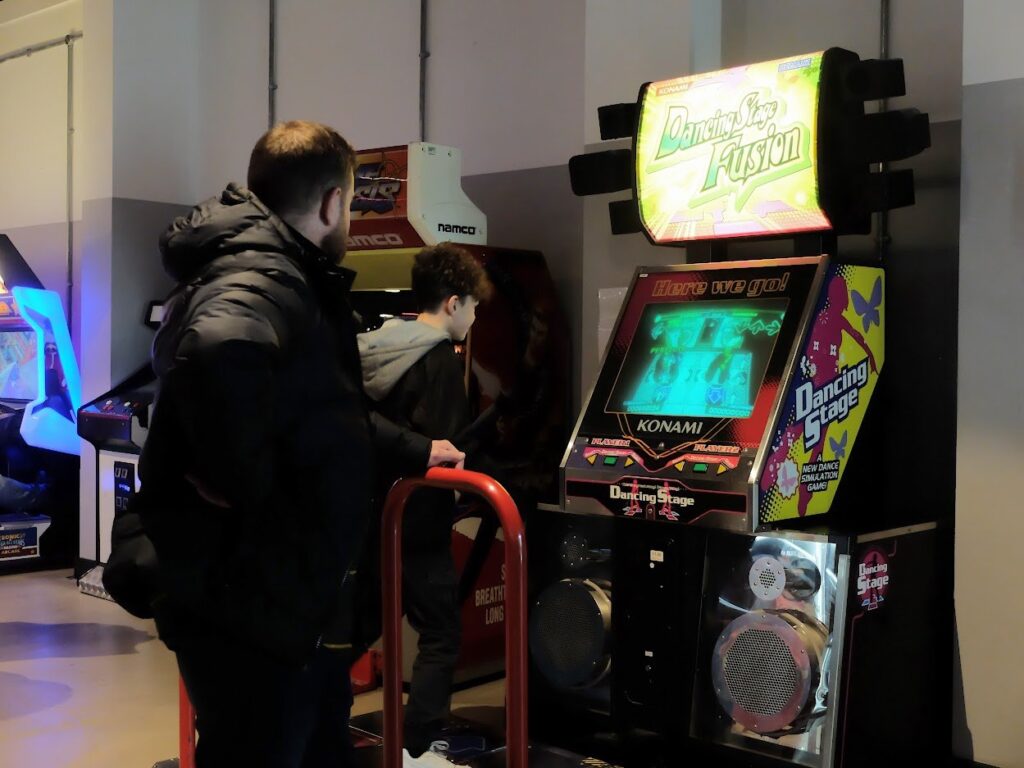
The Nationaal Videogame Museum in the Netherlands has more recent Japanese arcade cabinets which small arcade centres like FreePlayCity imported, but the Dutch museum could do it as it was started as a private business before the owners collaborated with the local government in Zoetermeer to turn it into a foundation and a museum.
On the other hand, The Sheffield-based museum has to follow standards set by Arts Council England to gain accreditation and has strict guidelines on collections, which limits what can be displayed at the site.
“I wouldn’t really want to pit museums against each other,” Ann adds, “I think museums work together to provide different knowledge and experiences in different ways in different places.
“We’ve started taking in new acquisitions which are usually donations from people cleaning their attics and finding old consoles from the 1970s, but we as a charitable organisation don’t have an infinite budget to get bulky arcade cabinets.
“They require a lot more floor space and maintenance than home consoles, not to mention the hassle of shipping. We have to be very careful about what we acquire and make sure we’re able to take care of it.”
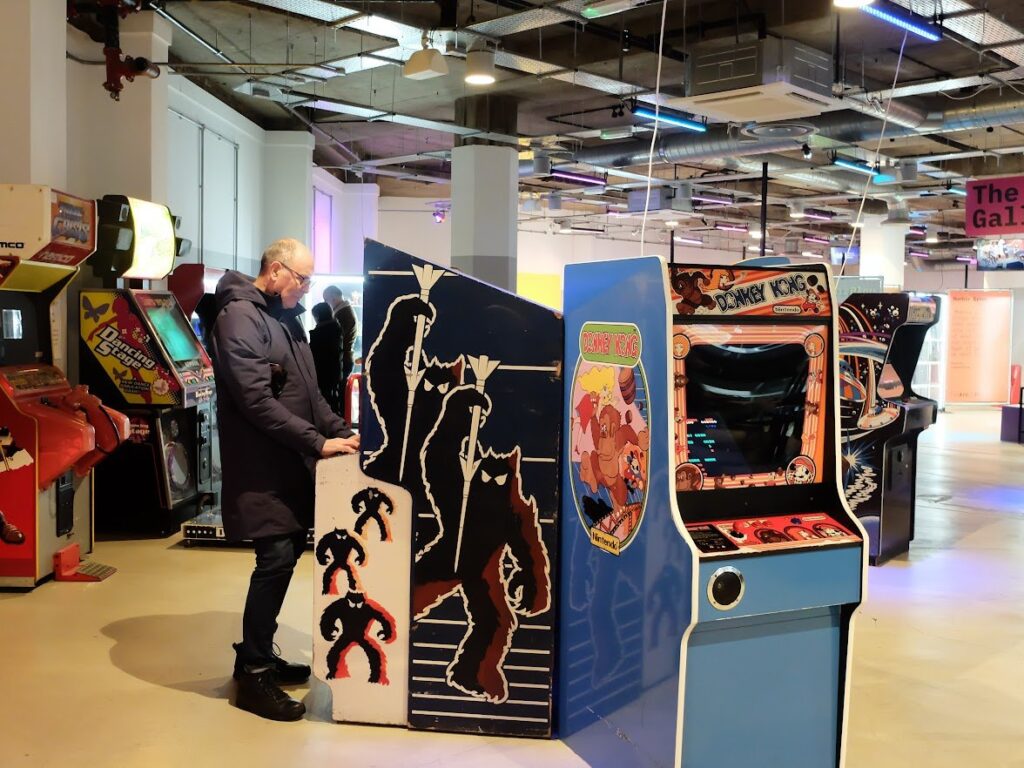
While NVM does not stock Japanese arcade games released in recent years, Toby thinks independent arcade centres can fill in the missing gap the museum and retro game collectors have left behind.
He says: “I know how home consoles like the Xbox and Playstation have dominated the European market when they came out.
“But in Asia, people still play arcades as they can’t play arcades at home and they want to join community tournaments.”
“There was nothing 20 years ago, but I’ve seen more and more centres popping up in the UK in the past ten years.
“Now we have more places where you can grab a beer and enjoy the moments with your friends together,” he ends.


